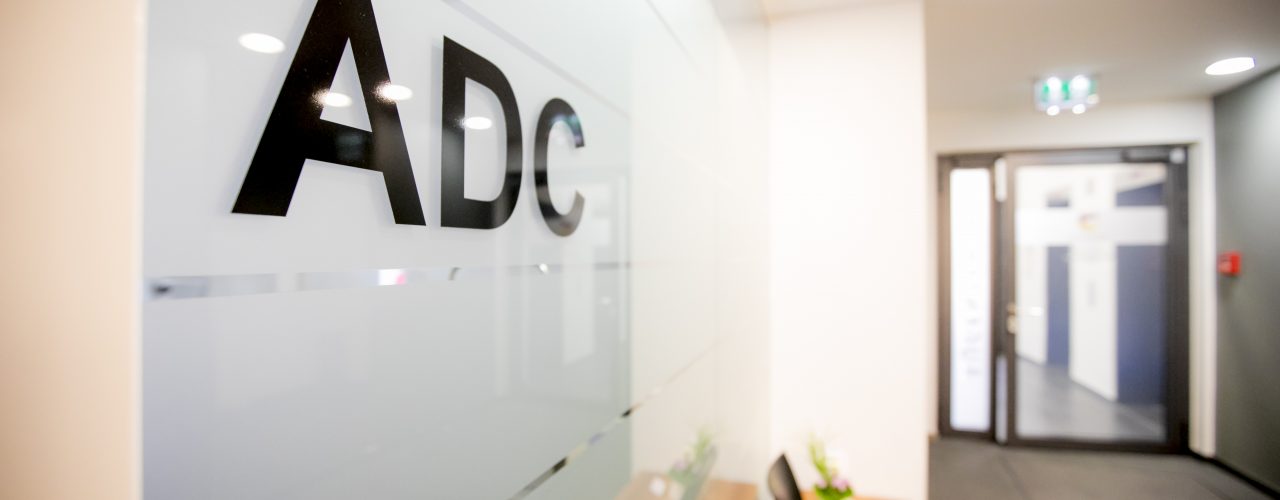With modern diagnostic equipment, we can precisely document changes in the optic nerve and the nerve fiber layer of the retina and detect changes. In addition to measuring and correctly assessing eye pressure, these procedures are suitable for assessing glaucoma damage to the optic nerve and retina and thus also the effectiveness of the treatment measures.
The OCT is the worldwide standard for the diagnosis of retina diseases, in particular the macula and diseases of the optic nerve, for example glaucoma.
It has become the world’s most important instrument in the diagnosis of macular diseases and therefore represents the essential examination procedure for the assessment of AMD, macular edema, a macular hole or a so-called macular pucker.
The OCT is not included in the statutory health insurance benefits catalog. This examination must therefore be billed by a private doctor.
The Heidelberg Retina Tomograph is a confocal point scanning laser ophthalmoscope that measures the cornea and certain areas of the retina. It plays an important role in the diagnosis of glaucoma. During the examination, a laser beam passes through the pupil opening onto the back of the eye and scans the optic nerve head (papilla) and the retina. A three-dimensional height relief is generated from several tens of thousands of measuring points, which allows a quantitative assessment of all relevant anatomical structures: papilla excavation, neuroretinal margin border and the peripapillary retinal nerve fiber layer. With the help of these parameters and additional glaucoma diagnostics, the ophthalmologist can estimate the individual glaucoma risk for the patient and, if necessary, initiate further diagnosis or therapy.
Perimetry summarizes various methods that are suitable for determining the size of a patient’s visual field. The most common method is static perimetry. The patient sits in front of a semicircular test screen and fixes a light in the middle of this test screen with one eye while the other eye is covered. Now spots of light appear spontaneously at various points on the screen. If these are perceived by the patient, he must press a button. If there is no reaction to a light stimulus, this is registered by the computer and the light intensity is increased. If there is still no reaction then this is saved and a new light stimulus takes place elsewhere. The other eye is checked after 10-20 minutes.
An older variant is kinetic perimetry, which is rarely used. In principle, it is similar to static perimetry in that points of light move from the periphery of the screen to the center and measure when they appear in the patient’s field of vision.
Perimetry is used in many fitness tests, for example to test pilots’ fitness to fly. Another area of application is the diagnosis of visual disturbances. The doctor tries to find out whether the disorder is localized in the eye, optic nerve or brain. The focus is particularly on the support of glaucoma patients in order to detect early onset of visual field restrictions as early as possible and to adapt the therapy.
